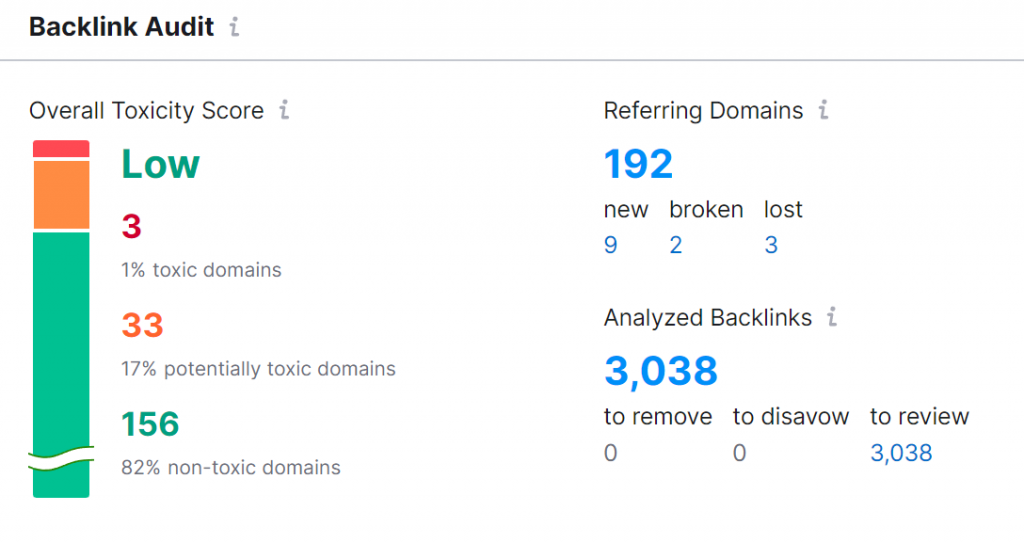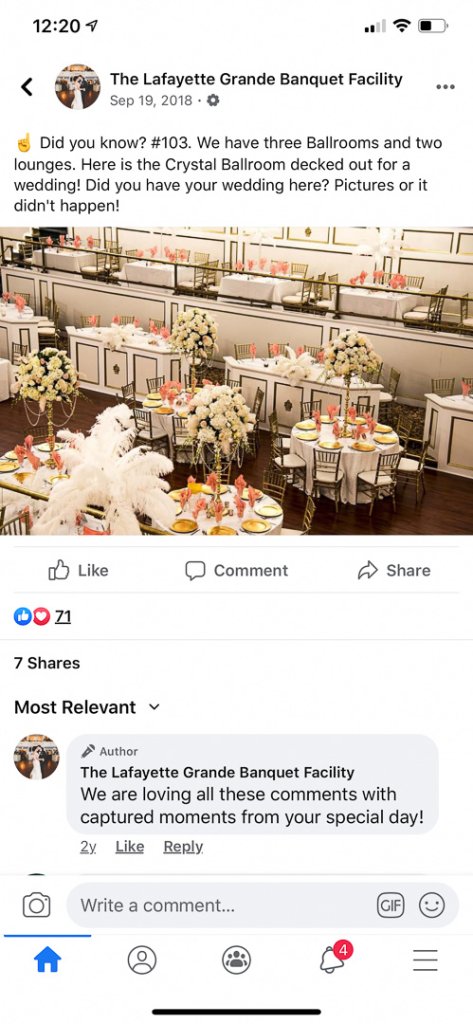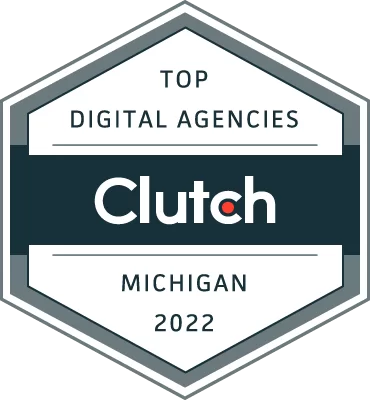You’ve likely heard of search engine optimization (SEO). But maybe you’re not quite sure what it is or how it can benefit your business. Well, small business owner, you’re in for a treat! In this blog post, we’ll unlock the secrets of SEO and show you how it can help boost your business online. Trust us – after reading this post, you’ll be eager to implement some of these tips to get your website ranking higher in no time. So without further ado, let’s get started!
Search engine optimization is a big part of a successful online business strategy. It helps businesses capture more organic traffic, increase website views and traffic, and boost their search rankings. With the right SEO strategy in place, businesses can unlock the full potential of their online presence and maximize the return on their investments.
The key to an effective SEO strategy is understanding how it works and what factors into higher search engine rankings. Generally speaking, search engines use algorithms to determine which websites to show in search results. Those results are based on relevance, quality of content, page loading speed, backlinks, and more. By combining these strategies below, businesses can optimize their websites for increased performance in paid and organic search results.
SEO Content Optimization
Optimize your content for target keywords relevant to your business and its offerings. Also, it’s crucial to ensure your content features those keywords. It improves the quality of your content to the user and search engine. This will help boost relevancy which is essential for achieving higher rankings in Google’s algorithm.
What is an H1 Tag?
An H1 tag is an HTML element that indicates the most important heading within a webpage. It typically appears as a large, bold text at the very top of the page. It provides structure and clarity to users and search engines. In SEO terms, the “title tag” or “headline” purpose is to briefly summarizes the page content. The H1 tag should be unique for each page and include relevant keywords that accurately describe its content. This will maximize organic search visibility.
What is a meta description?
A meta description provides search engines with a summary of the content on a particular webpage. It appears directly under the page title in search engine result pages (SERPs) and is typically limited to 160 characters. (Effective meta descriptions are under 150 characters.) The primary purpose of a meta description is to entice users to click on a listing and provide search engines with additional context about what the page covers to rank it more accurately within SERPs. When writing a meta description, ensure it accurately summarizes the page’s content while including relevant keywords to maximize visibility in organic searches.
How many keywords do I put on my page or post?
When creating 500 words of web copy, best practices say 5 (one for every 100 words) keywords in total. Following this rule allows you to create relevant and informative content for readers while providing search engine optimization benefits. When inserting keywords into your copy, use them naturally within the text and avoid packing them too close together to achieve an ideal balance.
What’s keyword stuffing, why shouldn’t I do it?
Keyword stuffing is an SEO practice that revolves around cramming as many keywords as possible into a webpage’s content, meta tags, and other elements to boost its ranking within search engine result pages artificially. However, this practice is a form of spam. If done frequently enough, it can lead to penalties or even de-indexing from SERPs. Therefore, you need to craft your content to provide value for readers while still naturally including relevant keywords.
What is an alt tag?
Alt tags are HTML attributes that provide a text description of an image on a website or web page. They have become increasingly important in SEO as they help search engines understand what the image displays and can improve rankings for certain keywords. Additionally, alt tags are useful for visitors who may be unable to view the image, such as those using screen-reading technology. When creating alt tags for photos, use relevant keywords and phrases that accurately describe the image.
Site Architecture
A well-organized website structure with easy-to-navigate pages and links will make it easier for visitors and search engines to find relevant content quickly. Equally important, Utilizing HTML tags such as title tags, meta descriptions, header tags, and alt text help boost usability and provide additional SEO value. This boost in search engine optimization value comes from telling search engines about the page’s content.



Website structure is crucial in SEO, as it is the foundation of all optimization efforts. A website’s structure impacts how easily visitors can navigate the site and how quickly search engine crawlers can index its pages. For high search visibility, site structure is the core point of search engine optimization.
Organization
Having an effective structure for your website helps search engines identify which pages are relevant to a particular topic. Silos – logical groupings of content related to a specific subject. Silos help organize information on a website and make it easier for search engines to understand. By thoughtfully organizing related topics into their own areas on your site, you emphasize specific topics and ensure that all associated content has clear relevance to each other. For example, suppose you have several blog posts about SEO strategies. In that case, you could group them under one heading, “SEO Strategies.” That way, people can more easily access these articles from the same place without trawling through the rest of your blog posts looking for them.
Site Navigation
In addition, properly structuring your site will improve user experience by providing quick access to essential information and simplifying navigation within your site. You want visitors to be able to find what they’re looking for quickly and without issue. Otherwise, they may leave feeling frustrated or confused or not bother looking at all! Putting some time into researching best practices when constructing menus, categories & subcategories, etc, makes this process much smoother – something potential customers & clients are sure to appreciate!
Search Crawlers
Having a well-structured website also improves performance. Organic searches make it easier for search engine crawlers to visit a page from links elsewhere. These “bots” scan websites for information related to user queries in their searches. Any technicalities, like broken links, reduce crawlers’ ability to deliver accurate results.
If your website is adequately structured, your efforts to promote organic rankings should pay off sooner rather than later. Because if your site isn’t organized, chances are neither will its audience! So make sure you spend time thinking about how you lay out content across different pages & sections of your site. Otherwise, you risk losing potential customers/leads in droves because of lackluster navigation options available alongside them.
Backlinking
Backlinks are links from other websites pointing back to your website or specific pages (inbound links). Backlinks help build authority which is vital for improved rankings in Google’s algorithm. Additionally, they can increase referral traffic which brings new visitors to your website who may not have found it otherwise.
The most effective way to do this is by reaching out to other potentially relevant websites and asking them to link back to your content. You can also ensure your content is shared on social media platforms. That way, it can get picked up by others and receive natural backlinks. When building backlinks, it’s important to remember the importance of quality over quantity. Focus on gaining links from reputable sources.
Important SEO Terminology
- Domain Authority (DA) (also called Domain Rating (DR), Authority Score (AS) is the term used to express the score a particular scoring system provides to that domain. The higher the score, the better.
- Click Thru Rate (CTR) is the number of times someone clicks on your organic search listing as opposed to seeing it show up in their search results.
- Bounce Rate is the frequency at which people leave your page after landing. We look at things like speed and quantity.
- Referring Domain is the number of domains with at least one link pointing to your website.
- Toxicity Score: This score measures the spammy or bad backlinks to your website. You want a low toxicity score.


Social Media Presence
Creating social media profiles that feature up-to-date information about your company helps tremendously. With this, you’ll build relationships with prospects and customers. Besides, it will drive more traffic to your website through exposure on social media. Additionally, promoting high-quality content through these channels can help further improve visibility within search engine results pages (SERPs). This works well by driving engaged users from your social media to your website. Best of all, Higher quantities of traffic tell the search engines that your content is relevant.
Technical Search Engine Optimization
Technical search engine optimization focuses on ensuring that all elements of your website are working. If done right, both people and search engines can navigate them without any issues. This includes performing regular maintenance checks. Looking for broken links and ensuring all images have proper file names & alt tags. Additionally, optimizing aspects like page loading speed is essential. Optimizing image sizes & compressing code goes a long way toward improving user experience. Image optimization provides additional SEO benefits, such as improved conversion rate and better ranking potential in SERPs.
Key Aspects of Technical SEO
Site Architecture: Make sure your website is properly set up with a logical and organized structure, as this will help search engine crawlers find content more easily.
Mobile Optimization: Ensure that your website is mobile-friendly and easy to navigate, as this is essential for modern-day websites.
Page Speed: Optimize page loading speeds to ensure users have a good experience while on your site—this can make or break rankings in SERPs.
Internal Linking: Use internal links throughout your website to boost navigation within your site as well as signal relevance to search engines.

XML Sitemaps: Submit an XML sitemap to search engines so they can better index all pages on your website and update them regularly with new content.
HTML Markup & Structured Data: Pay attention to the HTML markup and structured data you use on each page of your website, such as schema, meta tags, etc., which are signals used by search engines when ranking content in SERPs.
Security & SSL Certificates: Secure your website with an SSL certificate; if it’s not, then it won’t be indexed by Google and won’t appear in search engine results pages (SERPs).
Ways to implement SEO on your website.
These are five core strategies you need to create or refine an effective SEO plan to boost visibility online. Combined, they create a robust strategy that unlocks many growth opportunities. But only if done correctly! You have many options for figuring out how to rank your content higher for better organic traffic.
- DIY: Use a tool, and learn the heck out of it.
- SEMRush is an amazing resource for improving SEO
- Google Search Console and Bing Webmaster Tools are essential to indexing, sitemaps, and your overall health.
- Learn the subject, and perform the optimization. Only do this if you have time.
- Hire an agency or SEO expert. Thoroughly vet them, and ask for past results or metrics.





